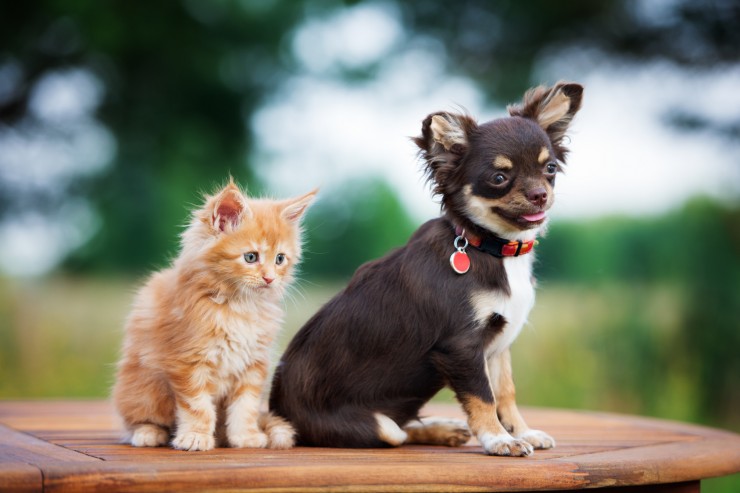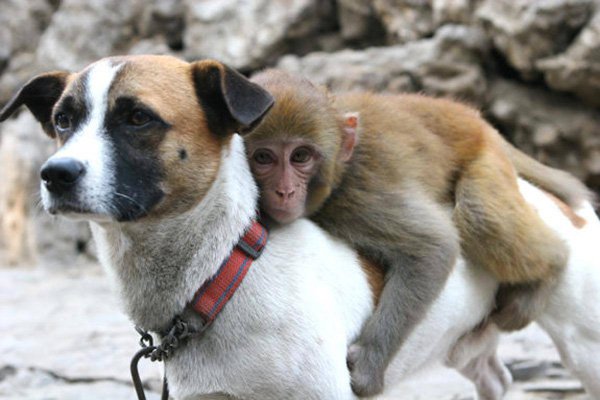Problems with aggression between cats, or between cats and humans, are fairly common. However, most animals with an aggressive behavior problem are not abnormal. In the majority of cases of feline aggression, the cat is just displaying normal species-specific behaviors, which becomes intolerable or even dangerous to humans in a household.
A complicated mixture of inheritance, learning, physiology and early experience dictate whether or not a particular cat will become aggressive. Complete knowledge of normal feline-specific behavior is crucial in diagnosing the different types of feline aggression. For example, a young kitten that hides behind corners and suddenly pounces with widely dilated eyes is exhibiting normal play behavior.
Medical causes for aggression should be pursued only if a cat exhibits behavior that is unusual for the particular cat, or behavior accompanied by abnormal clinical signs. If a cat that previously loved to be petted suddenly starts biting when stroked, you should look for a possible source of pain.
Play Aggression
Play aggression is defined as the stalking, chasing, pouncing, biting, and scratching behaviors, which normally occur when cats engage in play. Problems occur when these behaviors are directed against instead of with people in the household. These types of problems usually occur in households with a single cat under two-years old. However, the problems can also surface in homes where a younger cat is living with older cats that are not playful.
Another common cause for play aggression towards humans is when owners leave a single young cat alone for most of the day. Play aggression can also be triggered and reinforced by owners who insist on letting a cat "attack" their hands and feet.
Owners must learn to recognize the postures exhibited by cats engaging in problematic, as opposed to acceptable, play aggression. The typical play aggression cat will demonstrate predatory type of behaviors.
The cat will stalk the owners and pounce on moving body parts such as hands and feet. Growling and hissing usually does not occur, however, the cat's pupils will be widely dilated. Bites and scratches inflicted during a play aggression attack are usually inhibited and not severe.
In many cases of play aggression, the easiest solution is to get another cat about the same age as the aggressive cat. Usually, a cat engaging in play aggression will prefer to play with the cat instead of with humans. The only risk in getting another cat is possibly adding territorial aggression to the problem.
Cats usually do not accept a new cat into their house without reaction. Introductions must be made slowly. You must also be willing to accept responsibility for another pet and the added expense and needed care. Personally, I prefer trying using behavior modification before introducing a new pet.
http://www.eliminatecatodour.com

 New Year, New Pet?
New Year, New Pet
New Year, New Pet?
New Year, New Pet
 Walking The Dog (part 2)
Walking The Dog (
Walking The Dog (part 2)
Walking The Dog (
 Dog-Friendly Holiday Accommodation: Questions You Need To Request Before Booking an area
Dog-Friendly Holiday Accommodation: Questions You Need To Request Before Booking an area
 Summer Safety Tips - Your Dog And Your Paddling Pool
Summer Safety Tip
Summer Safety Tips - Your Dog And Your Paddling Pool
Summer Safety Tip
 Maintain hygiene and get the dog food from the online store of Ipswich
Maintain hygiene and get the dog food from the online stor
Maintain hygiene and get the dog food from the online store of Ipswich
Maintain hygiene and get the dog food from the online stor